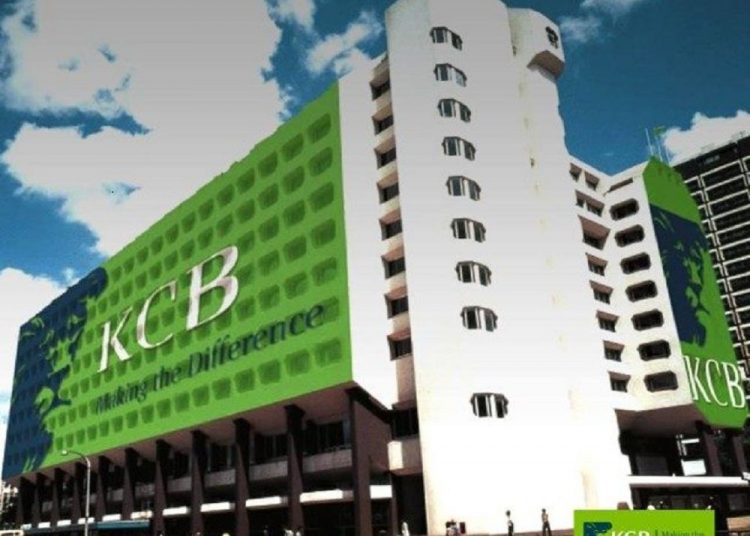KCB Group has posted a Ksh16 billion half-year profit, marking a -18.3 per cent drop from Ksh19.6 billion posted in the same period last year, backed by increased funding costs on higher market deposit rates and an increase in provisions for bad debts.
The lender’s Profit After Tax (PAT) was greatly impacted by aggressive provisioning on facilities in KCB Kenya (KCBK), inherited legal claims in National Bank of Kenya (NBK) and staff restructuring costs incurred in KCBK and NBK being an investment to right-size the organizations.
Despite the challenges in the market where the group operates, KCB Group Chief Executive Officer (CEO) Paul Russo noted that business remained resilient delivering a strong balance sheet and increased contribution from regional businesses.
“Profitability was under pressure in the first half from increased funding costs on higher market deposit rates, prudent provisioning on legacy credit facilities, and provisions for legacy legal claims at NBK,” said Russo.
“Looking ahead, noting the actions we have taken and with significantly improved liquidity, business focus is on accelerated performance in the second half of the year while supporting the distressed customers” he added.
Operating costs rose 48 per cent to Ksh40.4 billion driven by legacy legal claims, staff restructuring expenses and rust Merchant Bank (TMB) consolidation.
In the period ended June 30, the group’s total assets jumped 54 per cent to Ksh1.86 trillion.
The balance sheet growth was driven by the consolidation of Trust Merchant Bank (TMB) acquired in December 2022 and the increase in customer deposits to Ksh1.47 trillion, highlighting the customer confidence in the brand.
KCB Group revenue grew by 22.2 per cent to Ksh73.1 billion, driven by consolidation and growth of TMB, growth in customer loans, and non-funded income (NFI).
The NFI stream was propelled by fees and commissions in addition to the sustained growth of digital channel transactions and volumes.
The Group also raised its loan loss provisions on foreign currency-denominated credit facilities on account of a challenging operating environment.
Consequently, the loan book increased by 32 per cent to Ksh964.8 billion from Ksh730.3 billion recorded in the same period the previous year as the lender continues to support its customers to grow their businesses.



![From left to right: Equity Group Chief Finance Officer, Moses Nyabanda, Equity Group Managing Director and CEO, James Mwangi and Equity Group Chief Internal Auditor, Beth Kithinji, during the Q1 2024 Investor Briefing event. [Photo/Equity Group]](https://financialday.co.ke/wp-content/uploads/2024/04/q1-20241-360x180.jpg)
![[Photo/Unsplash]](https://financialday.co.ke/wp-content/uploads/2023/08/GROCERY-360x180.jpg)
![NCBA Group Managing Director (MD) John Gachora [Photo/Courtesy]](https://financialday.co.ke/wp-content/uploads/2023/08/IMG_20230824_173559-75x75.jpg)
